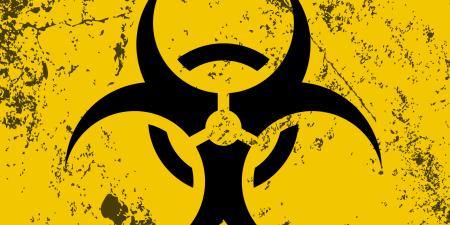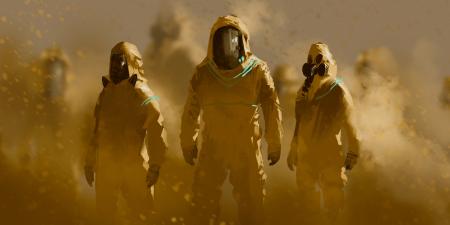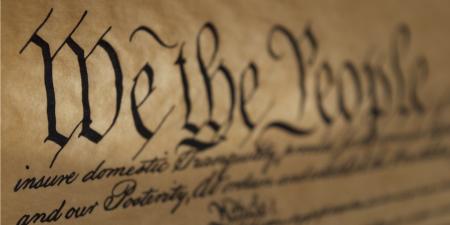This issue of Virtual Mentor tackles the myriad ethical and legal questions that arise in natural disasters, quarantine, and public health emergencies. Specific topics include disaster preparedness and education, illness prevention (including quarantine), diagnosis and treatment of epidemic disease, disaster response, state policies for public health emergencies, research ethics, and media presence during natural and manmade disasters.
Addressing disaster preparedness and education, John Broach, Mary-Elise Manuell, and Andrew Milsten from the University of Massachusetts describe a novel, all-hazards preparedness curriculum developed by the Center of Excellence in Emergency Preparedness Education and Training (CEEPET). This interesting program is designed to recognize and meet the disaster preparedness needs of four types of health institutions in eastern Massachusetts.
Illness prevention is also explored in two clinical cases. The first scenario concerns mandatory influenza vaccination of health care workers. David W. Ross, from the State University of New York (SUNY) Downstate Medical Center, and I examine the duties of beneficence and nonmaleficence that physicians owe patients in the light of physicians’ own right to autonomy and the WHO’s recommendation that restrictions on rights in times of emergency be both necessary and reasonable.
Quarantine is a state-enforced method of preventing or limiting the spread of disease. In a second clinical case commentary, Nikita Joshi and Bonnie Arquilla from the SUNY discuss the mandatory nature of quarantine. They conclude that, while physicians overseeing quarantined individuals do not have the authority to release anyone, they do have professional responsibility for those nonsymptomatic, possibly future patients.
Though hypothetical, this case scenario draws its facts from the 2003 SARS epidemic during which advisories against unnecessary travel were issued in Guangdong Province, China, Hong Kong, and Toronto. In the clinical pearl, Adriel Malave and Elamin M. Elamin from the University of Florida highlight key clinical and epidemiological information about the viral infection known as SARS (severe acute respiratory syndrome) and the lessons learned from the 2003 epidemic.
The urgent, often life-or-death needs of disaster victims tempt clinicians to pull out all stops, as it were, even when that may mean testing experimental procedures. In a third case commentary, Elizabeth Lee Daugherty and Douglas B. White from the University of Pittsburgh and Johns Hopkins University, respectively, probe the question of postdisaster clinical research. Is it ethical, the case asks, to test emerging, non-FDA-approved treatments on victims of mass disaster?
Rounding off discussion of disaster response are a pair of educational manuscripts that highlight less-widely known aspects of clinical care for victims. Dana Sajed from New York University relates the history and use of point-of-care ultrasound in postdisaster scenarios, and Sadia Hussain from SUNY recaps the history and use of art therapy with survivors of disaster trauma.
A significant portion of the September issue is devoted to health policy and law. Joneigh S. Khaldun and Mathew Foley offer two views on the history and implications of the Turning Point Model State Public Health Act, which has served as a prototype for state laws that grant special powers to the governor and state assemblies during public health emergencies. DePaul University law student Ryan Bailey examines the post-Katrina case of Anna Pou, who remained with marooned patients in a New Orleans hospital during the devastating hurricane and was later indicted for giving them drugs that allegedly caused their deaths.
For the public, the medical, law, and policy concerns we have been enumerating are submerged by the deluge of media coverage. In her medicine and society essay, journalist Donna Rosene Leff focuses on just that, asking whether the sometimes very private and seemingly exploitive images that are published and broadcast can be justified on the basis of the public’s need to know. Is it the duty of the press, she asks, to bear witness?
This issue can, of course, only sample the multitude of ethics questions embedded in every public health disaster, but it can raise critical topics and foster further discussion. We hope we have been effective in bringing these topics forward for your contemplation.



